The Evolution of Enterprise Data Protection
The all-encompassing data center is a thing of the past. Modern data environments are distributed and include remote and branch offices, mobile devices, and cloud solutions such as Infrastructure-as-a-Service (IaaS), Platform-as-a-Service (PaaS), and Software-as-a-Service (SaaS). There is more critical data to back up than ever before. Plus, data silos and fragmented management mean poor visibility, which can make it difficult to comply with regional data residency and security rules as well as service-level agreements (SLAs). On-premises data protection has not kept pace and experts agree cloud-based data protection delivers improved security, recoverability, backup reliability, and reduced IT costs.
Transitioning to Data Protection in the Cloud
As a result of these shortcomings, organizations are increasingly moving away from on-premises data protection and backup, and shifting to a cloud-based approach. Cloud data protection refers to data partially or entirely backed up, stored, or managed in the cloud — regardless of whether these processes are done by the organization internally or by a third party.
Data protection differs from security in that it typically refers to your data being backed up to be easily recovered in the event of loss (accidental or malicious) or corruption. Though often going hand-in-hand with data protection, security professionals also use this phrase to refer to the protection of primary data sources from malicious threats.


